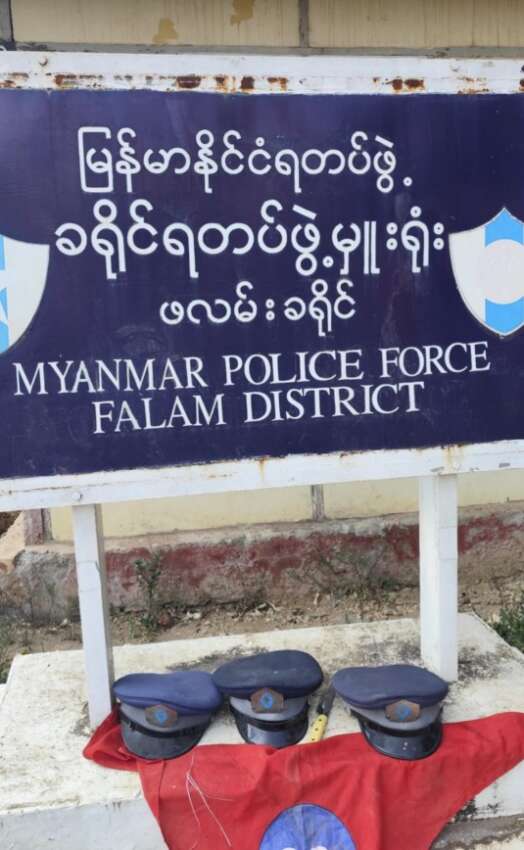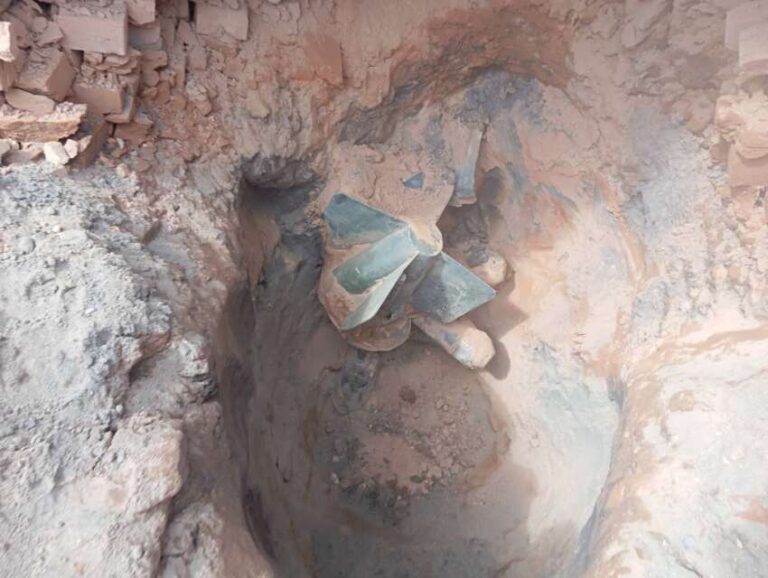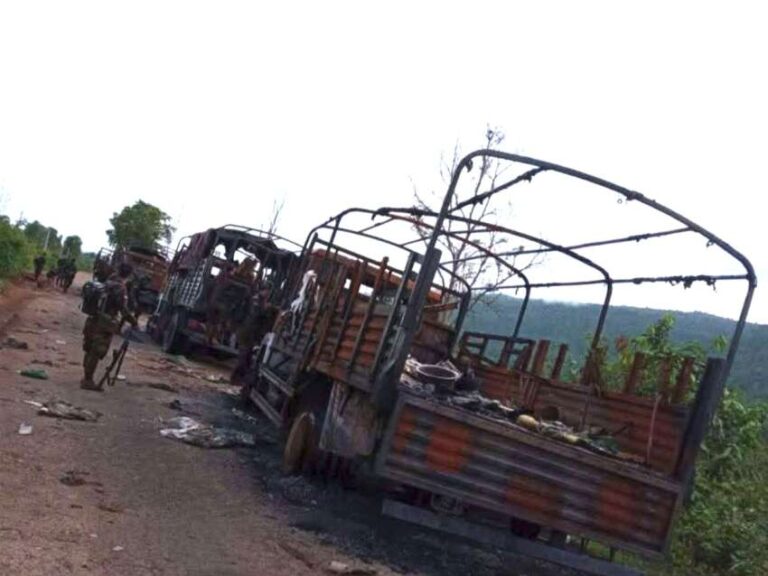
The Chin Brotherhood and allied forces have successfully captured the Military Council’s last remaining military base, Infantry Battalion 268, in Falam City, Chin State on the morning of April 7. During the battle, military council troops abandoned the base and fled, leading to ongoing pursuit operations to clear the area. According to military sources, efforts are underway to pursue and capture the fleeing military council soldiers. A spokesperson for the Chin Brotherhood stated that the fighting has not yet concluded and that the organization will officially announce updates on the situation.
The offensive to capture Falam city was initiated by the Chin Brotherhood and allied forces on November 9, 2024. In the initial phase of the offensive, they successfully captured the city police station, General Administration Department office, and other military council outposts within the city. However, Infantry Battalion 268 could not be immediately captured and required more than four months of siege operations before its final capture today. Following the capture of the base, the military council has responded with airstrikes in the area. This victory marks a significant reduction in the military council’s control within Chin State and represents a step toward freedom for local residents. The fall of Infantry Battalion 268, which was one of the military council’s last strongholds, has significantly diminished their military capability in the region. This represents a notable achievement in the local population’s struggle to liberate themselves from the military council’s oppression.
The successful capture of this final military installation demonstrates the growing strength of resistance forces and the weakening position of the military council in Chin State. The operation, which began with systematic clearing of urban positions and culminated in the capture of this strategic battalion base, showcases the increasing tactical capabilities of the allied forces. This development has major implications for the broader conflict, as it establishes a significant area free from military council control and provides a potential blueprint for similar operations in other regions. The persistent siege tactics employed over four months, combined with the final assault, highlight the determination and strategic patience of the resistance forces in achieving their objectives while minimizing civilian casualties and collateral damage to local infrastructure.



